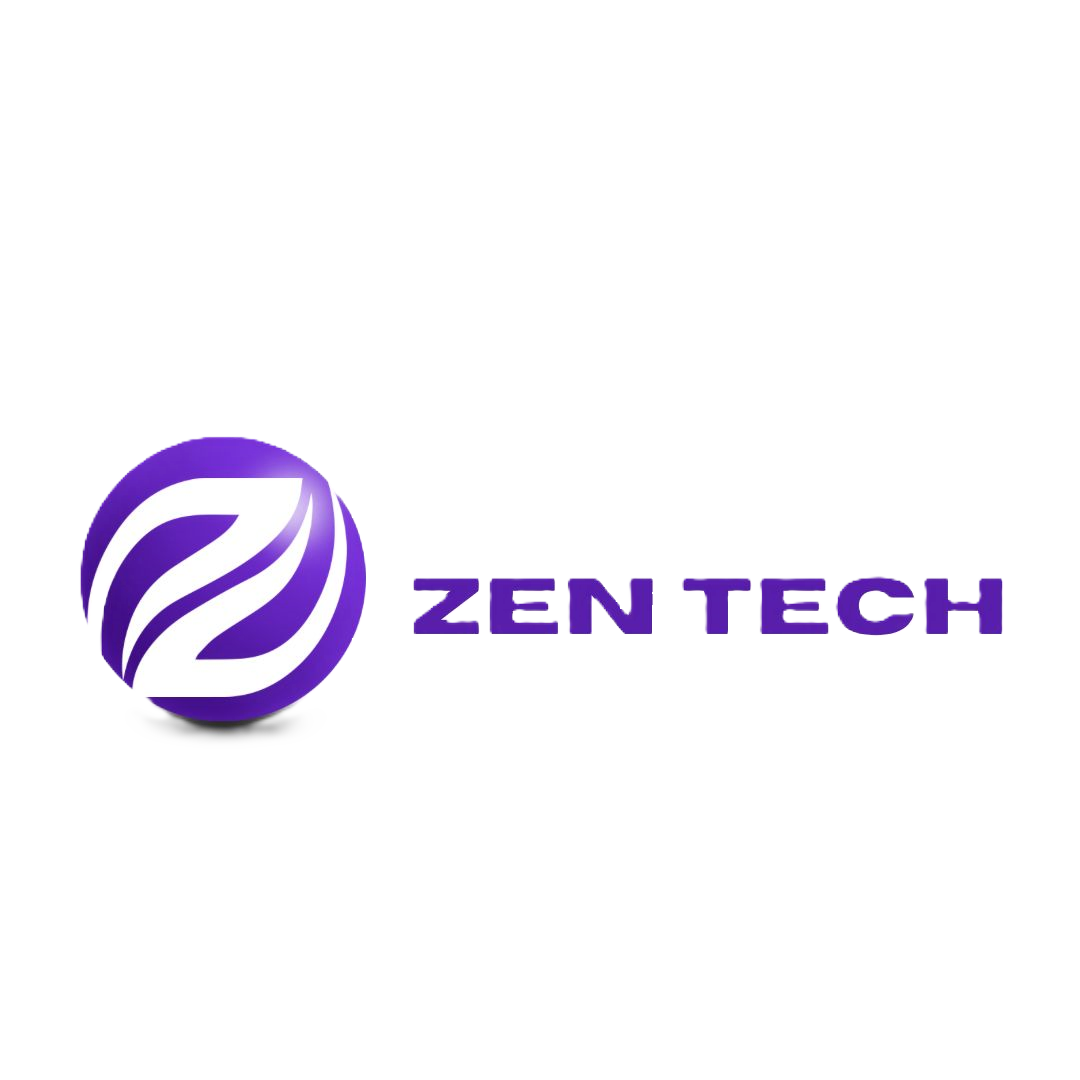SEM & Content Marketing: Overview, Processes, Integration, and Business Growth
Search Engine Marketing (SEM) and Content Marketing are two pivotal digital marketing strategies that businesses use to enhance their online presence, drive traffic, and ultimately increase sales. Here’s an in-depth look into each of these strategies, their processes, how they integrate, and why choosing a specialized provider can make a significant difference.
1. Search Engine Marketing (SEM)
SEM involves using paid advertising to increase a website’s visibility on search engine results pages (SERPs). This includes pay-per-click (PPC) ads, Google Ads, and Bing Ads.
Process of SEM:
- Keyword Research: Identifying keywords and phrases that potential customers are searching for.
- Campaign Planning: Setting up ad campaigns with specific goals, budgets, and target audiences.
- Ad Creation: Designing compelling ads that attract clicks and drive traffic.
- Bidding: Participating in ad auctions where you bid on keywords relevant to your business.
- Monitoring & Optimization: Continuously tracking ad performance and making adjustments to improve ROI.
Benefits of SEM:
- Immediate Visibility: Ads appear instantly on SERPs.
- Targeted Advertising: Reach specific audiences based on demographics, location, and behavior.
- Measurable Results: Track and measure ad performance in real-time.
Many desktop publishing packages and web page editors now use Lorem Ipsum as their default model text, and a search for ‘lorem ipsum’ will uncover many web sites still in their infancy.
SEM: The Authority for Ultimate Business Visibility
1. Keywords:
In SEM, keywords are the foundation of your campaigns. They represent the terms and phrases that potential customers are likely to use when searching for products or services similar to what your business offers. Proper keyword research and selection are crucial to ensure your ads appear in front of the right audience.
2. Ads:
Ads are the visual and textual components that appear on search engine results pages (SERPs) when users input specific keywords. Creating compelling ads with strong calls-to-action (CTAs) is essential to attract clicks and drive traffic to your website. Ads should be relevant, engaging, and tailored to meet the needs of your target audience.
3. Bidding:
Bidding in SEM involves participating in ad auctions where you set the maximum amount you’re willing to pay for each click on your ad (Cost-Per-Click or CPC). The bid amount, along with the quality score of your ads, determines their placement on SERPs. Effective bidding strategies help you manage your budget while maximizing ad visibility and performance.
Why SEM is Essential for Business Visibility
- Immediate Results: Unlike organic SEO, which can take time to show results, SEM provides immediate visibility on SERPs, allowing businesses to quickly reach their target audience.
- Targeted Reach: SEM enables precise targeting based on keywords, location, demographics, and even user behavior, ensuring your ads reach the most relevant audience.
- Measurable ROI: SEM platforms like Google Ads provide detailed analytics and reporting tools that allow you to track the performance of your campaigns in real-time, measure ROI, and make data-driven decisions.








